The Top 10 VMware News Stories Of 2021 (So Far)
From soaring sales and acquisitions to major executive departures and a new CEO, here are the top ten biggest VMware news stories of 2021.
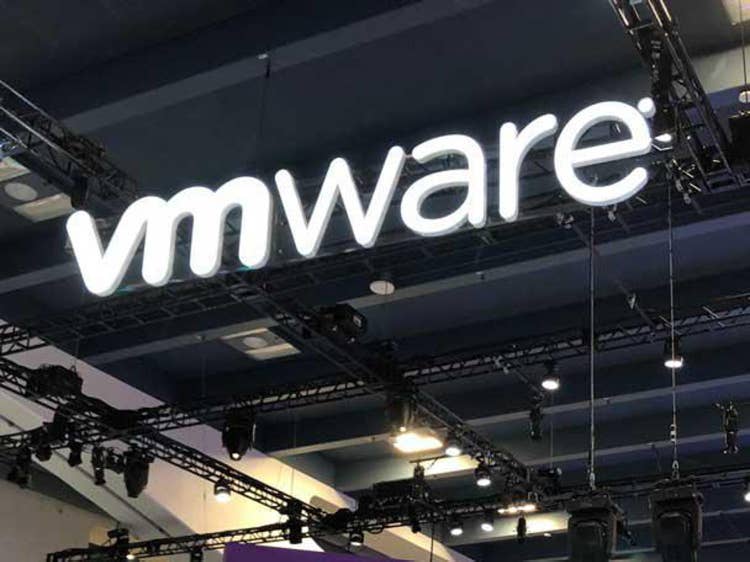
The Biggest VMware News In 2021
There is a new VMware in town in 2021 following significant leadership changes and a major transition towards software as-a-service (SaaS) and subscription.
Not only is VMware transforming itself to meet the needs of a hybrid cloud and SaaS world, but the virtualization superstar is also slated to become an independent company for the first time in over 15 years.
Sales are also soaring at the Palo Alto, Calif.-based software star despite the disruption caused by global COVID-19 pandemic. VMware’s first fiscal quarter revenues climbed nearly 10 percent year over year to over $3 billion, with net income of $425 million.
From VMware’s Kubernetes market momentum with Tanzu to a new CEO, CRN breaks down the top ten biggest VMware news stories of 2021 so far as the company makes some of its largest internal changes in years.
For more of the biggest startups, products and news stories of 2021 so far, click here.
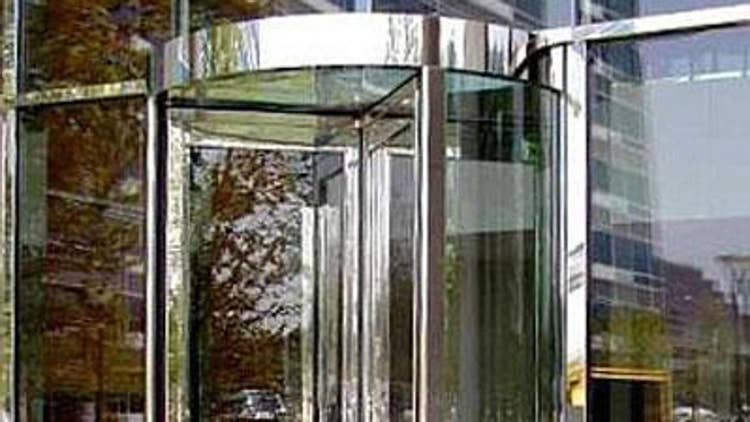
10. Some Major VMware Departures In 2021
Before getting into the huge departure of VMware’s popular CEO Pat Gelsinger this year, it is key to note several top executives who also left VMware this year as the company shakes up its executive leadership team.
Ravi Kagalavadi was a longtime VMware top engineer and executive who left after a 17-year tenure as vice president of networking, security and automation solutions engineering. He was responsible for leading VMware’s engineering teams in the Americas around software-defined networking, security, storage, automation and management. Kagalavadi left to joined data analytics and automation specialist Alteryx.
Shekar Ayyar, a 14-year VMware veteran and former executive vice president and general manager for Telco and Edge Cloud, left this year. Ayyar led a global team focused on helping Communication Service Providers and customers modernize their network operations spanning from the core to the edge. Ayyar left VMware to lead a newly formed special purpose acquisition company AdMY Technologies.
Ajay Singh was senior vice president and general manager of VMware’s Cloud Management business unit, which includes vRealize and vCloud product suites, for six years. He helped scale VMware’s worldwide Cloud Management business from $1 billion to more than $2.1 billion over his tenure. Singh left this year to join Pure Store.
In December, VMware’s cloud visionary Rajiv Ramaswami left to lead rival Nutanix as its new CEO.
And finally, Sanjay Poonen – who many believed would become VMware’s new CEO after Gelsinger – is set to leave the company in August. Poonen, VMware’s chief operating officer of customer operations, has been with VMware for eight years and oversees all of VMware’s sale, alliances and customer operations.
VMware’s executive leadership team has been reshaped in 2021.
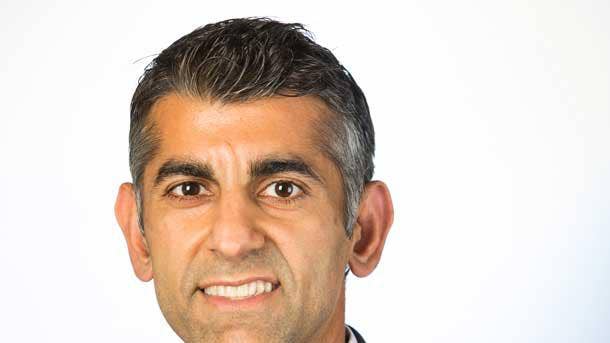
9. VMware Picks A President
Although there was a slew of top VMware executives who departed this year, VMware has a deep bench and a global reach in terms of acquiring new talent.
One of VMware’s largest executive moves in years came with selecting Sumit Dhawan (pictured) as its President. Dhawan is now responsible for worldwide sales, customer experience and success, VMware’s worldwide partner and commercial organization, as well as leading the company’s go-to-market functions.
Sumit previously served for one-year as VMware’s chief customer experience officer, managing global teams responsible for professional services, technical support and customer success. He also served as the general manager of VMware’s End-User Computing business from 2013 to 2018, establishing VMware’s strategy in mobile and unified endpoint management and desktop virtualization. He did a brief two-year stint as CEO of Instart, a web application performance and security services startup, in 2018 before rejoining VMware in 2020.
Another key hire this year was Hewlett Packard Enterprise’s former Canadian President Paula Hodgins. Hodgins is now senior vice president of global accounts and Telco, responsible for VMware’s largest and most strategic global customers, following a two-year stint at HPE and a 13-year career at Microsoft. VMware also recently hired Bank of America executive Jennifer Manry as vice president of VMware’s Financial Services Global Industries Group.

8. VMware Acquires Mesh7
In its sole acquisition in 2021, VMware acquired cloud-based application security startup Mesh7 in a move to boost the company’s Kubernetes, micro-services and cloud-native capabilities.
“The Mesh7 technology will enable VMware to bring visibility, discovery and better security to APIs,” said Tom Gillis, senior vice president and general manager of VMware’s Networking and Security business. “The integration of Mesh7’s contextual API behavior security solution with Tanzu Service Mesh will enable VMware to deliver high fidelity understanding of which applications components are talking to which using APIs. Developers and security teams will each gain a better understanding of when, where and how applications and microservices are communicating via APIs, even across multi-cloud environments, enabling better DevSecOps.”
Mesh7 provides a highly distributed micro API firewall with gateways to secure cloud-native applications and micro-services. The startup’s founders, Amit Jain and Pratik Roychowdhury, were both leading engineers at network giants Cisco Systems and Juniper Networks before launching Mesh7 in 2018.
The startup caught the attention of VMware through its approach of auto-discovering and auto-learning application behavior at the API layer to enable seamless collaboration between development, operations and security teams.
Mesh7 is now part of VMware’s modern application platforms and solutions group.

7. VMware’s SaaS And Subscription Push Widely Successful
VMware has traditionally been known for selling software enterprise license agreements (ELAs), but over the past few years has embarked to change their go-to-market and sales motion towards subscription and SaaS. In 2021, VMware’s subscription and SaaS sales have been off the charts as the company’s strategy is working.
SaaS and subscription sales now represent 25 percent of VMware’s overall revenue, compared to representing just single-digits of VMware’s total sales several years ago.
VMware recently reported first fiscal quarter SaaS and subscription revenue of $741 million, skyrocketing nearly 30 percent year over year. For its fourth fiscal quarter 2021, which ended Jan. 29, 2021, VMware generated $707 million in SaaS and subscription sales, an increase of 27 percent year over year.
In May, VMware unveiled that the majority of VMware products will be available in the form of SaaS and subscription by the end of 2021. VMware’s massive transition success around SaaS and subscription growth should not be understated in 2021 and gives channel partners and customers a glimpse of the future.
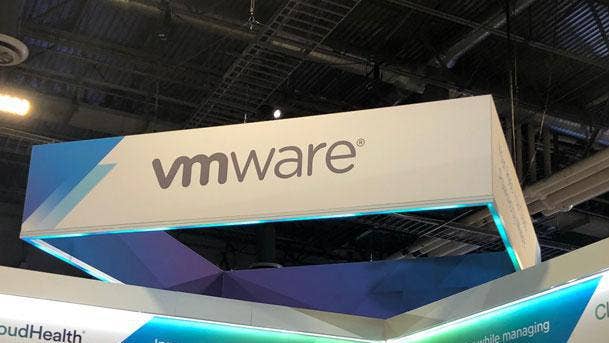
6. New Lifecycle Channel Program Doubles Partner Profitability
One of the most important channel partner news stories of 2021 was VMware’s launch of its new Customer Lifecycle Incentive program aimed at providing channel partners new funding to conduct customer assessments, proof of concepts and rewards for working with other partners. The program is meant to fuel VMware’s transition and channel profitability around SaaS and subscription.
“We’ve now doubled the opportunity for our partners from a profitability perspective,” said Tracy-Ann Palmer, vice president of Partner Programs and Experience at VMware, when the program was launched in March. “So if partners go along this journey with us, they will have doubled the opportunity. That was very strategically intended with this new program, to ensure that as we go down the SaaS and subscription journey, our partners are growing with us as we’re growing that business.”
VMware’s new Customer Lifecycle Incentive program -- available to all Advanced and Principal VMware partners -- gives partners a flat incentive to provide technical assessments, proof of concepts and partner-to-partner joint cooperation.
A major incentive in the new program is the Partner-to-Partner Accelerator. It rewards what VMware dubs “sell through” partners who identify opportunities and book eligible orders, then hands it off to another partner who activates the solution and facilitates consumption of VMware services.
VMware’s new Proof of Concept (POC) incentive gives funding to both transacting and non-transacting partners for delivering POCs. The company’s Technical Assessment Program gives funding to partners who conduct customer technical assessments.
“The future of our SaaS subscription business is dependent on partners and our channel ecosystem,” said Palmer. “The whole motion of SaaS subscription is about your customers consuming and adopting your portfolio. That’s where partners play a critical role and that’s our strategy around SaaS subscription -- that our partners will become a critical and pivotal role in our SaaS subscription journey.”

5. New VMware Cloud Universal Subscription Model For Multi-Cloud And SaaS
The software and virtualization superstar unveiled this year VMware Cloud Universal which changes how customers and channel partners can buy and sell VMware products. Overall, VMware Cloud Universal is a flexible subscription that simplifies the purchase and consumption of VMware multi-cloud infrastructure and management services, with customers purchasing credits for VMware solutions like VMware Cloud on AWS or VMware Cloud on Dell EMC.
With VMware Cloud Universal, customers make a single purchase and gain the ability to deploy applications across any environment, then move them as business or application requirements change. Customers get greater flexibility and portability to adopt cloud at their own pace and benefit from a single operating model across clouds.
Customers purchase credits for VMware’s multi-cloud infrastructure and management and apply the credits to deployments of VMware Cloud Foundation on-premises, VMware Cloud on AWS, or VMware Cloud on Dell EMC. Customers can buy once and deploy any eligible service at any time during the contract, as well as convert and apply unused on-premises Cloud Foundation credits towards VMware Cloud on AWS or VMware Cloud on Dell EMC at any point.
Additionally, VMware Cloud Universal has built-in Kubernetes with the VMware Tanzu Standard edition for simplified deployment and operation of Kubernetes. The offering also leverages VMware vRealize Cloud Universal for SaaS-based multi-cloud management. Finally, customers can transition existing investments in VMware perpetual licenses towards VMware Cloud Universal credits through a Cloud Acceleration Benefits (CAB) program.
VMware is giving customers and channel partners all the tools necessary to shift to SaaS, subscription and a multi-cloud environment with VMware Cloud Universal.
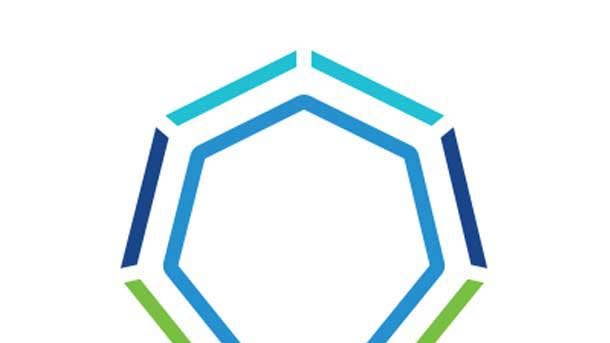
4. Tanzu Gaining Market Traction
VMware Tanzu is rapidly gaining market momentum as enterprises and developers use Tanzu’s Kubernetes capabilities to build modern applications faster than ever before. In fact, Tanzu was included in five of VMware’s top ten largest deals in its fiscal 2022 first quarter.
This year, Tanzu was selected by U.S. Army Futures Command to enable a software factory where they can use modern cloud-native development practices. The U.S. Army’s new software factory in Texas is based on Tanzu. The goal is for Tanzu to enable the U.S. Army to create a top-notch software company inside the Army that will employ civilians and soldiers recruited from posts around the world in collaboration with experts from VMware Tanzu Labs.
VMware also secured a huge Tanzu deal in 2021 with Telecom Italia, where VMware Tanzu is helping the telecommunications giant deliver a better digital experience and modernize their operating infrastructure.
VMware said Tanzu is enabling its customers’ developers to modernize their applications in the clouds of their choice via new innovative software tools and the VMware Tanzu Developer Center. Additionally, VMware’s open-source application marketplace now has more than two million developers registered.
Overall, Tanzu enables businesses to run Kubernetes in vSphere and manage Kubernetes across multiple clouds whether its public or private, while allowing customers to automate the delivery of containerized workloads.
With roughly 80 million workloads today running on vSphere platforms in the data center, Tanzu is now top of mind in VMware’s overall technology and go-to-market strategy.
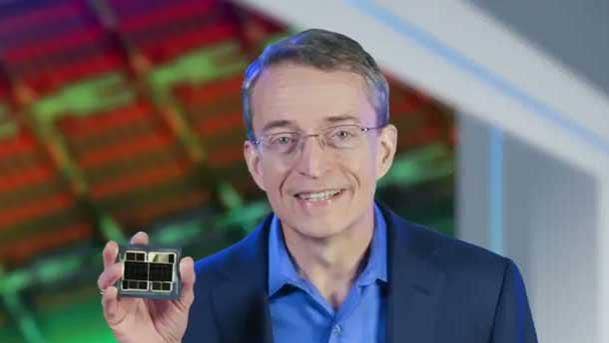
3. Pat Gelsinger Leaves For Intel
Pat Gelsinger sent shockwaves through the IT industry in January when he announced that he would be leaving VMware after eight-years as CEO to become the new leader at Intel.
“It has been the honor of my lifetime to serve as the CEO of VMware,” said Gelsinger in a statement announcing his departure. “We have transformed the global technology landscape for the better, and I am confident that the company will continue to excel as they enable customers with the digital foundation for an unpredictable world.”
The highly popular CEO was critical in building VMware into the technology powerhouse it is today, more than doubling the company’s size during his tenure. He created the world market leader in virtualization, increasing VMware’s annual revenue from $4.5 billion to nearly $12 billion while CEO of VMware.
Gelsinger worked at Intel in the beginning of his IT career. From 1979 to 2009, he held several top executive roles, including being named the company’s first chief technology officer in 2000, driving the creation of key industry technologies, including USB and Wi-Fi.
“My experience at Intel has shaped my entire career, and I am forever grateful to this company. To come back ‘home’ to Intel in the role of CEO during what is such a critical time for innovation, as we see the digitization of everything accelerating, will be the greatest honor of my career,” said Gelsinger in January.
Gelsinger became Intel’s CEO on Feb. 15.
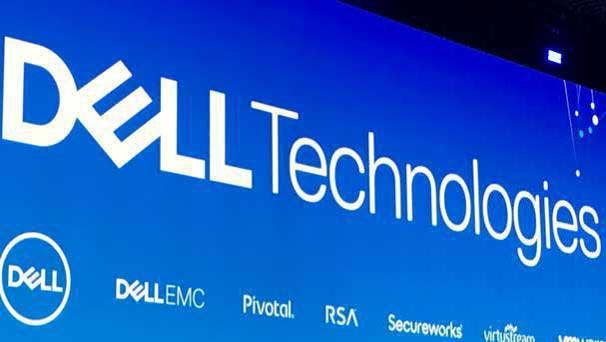
2. VMware To Become Independent Via Dell Technologies Spin-Off
For the first time since 2004, VMware is set to become an independent company by the end of 2021.
Within the next few months, Dell Technologies will spin-off its 81-percent stake in VMware to Dell Technologies shareholders. The move will create two standalone companies while hoping to still preserve the close go-to-market and revenue synergies, as well as joint technology partnership, between the two.
Becoming an independent company will enable VMware to form new and deeper partnerships with other vendors. VMware said getting spun out of Dell will enable the company to become the “Switzerland of multi-cloud” as VMware strives to become the worldwide leader in hybrid and multi-cloud software.
Post spin-off, VMware says it will be the only standalone cloud company that has the necessary strategic partnerships with all the major cloud companies and all the leading infrastructure companies to deliver a truly customer-centered multi-cloud solution.
However, it is key to know that Dell Technologies CEO Michael Dell will remain VMware’s chairman and be the largest shareholder of VMware following the spin-off. Dell and VMware also signed a five-year commercial agreement in a move to keep the technology innovation and sales synergies in-tact.
VMware’s spin-off of Dell is scheduled to take place sometime during the fourth quarter of 2021.
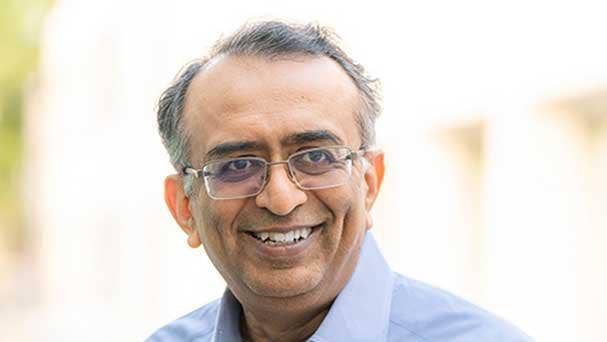
1. Raghu Raghuram To Shape VMware’s Future As New CEO
Following Pat Gelsinger announcement in January that he would be leaving VMware for Intel, VMware immediately started search both internally and externally for a new CEO. After four months of searching, VMware selected longtime technologist and cloud leader Raghu Raghuram as its new CEO.
Raghuram, VMware’s former worldwide chief operating officer of Products and Cloud Services, told CRN that he was selected to make VMware the leader in multi-cloud computing.
“That really is what I was appointed to do, to make us the leader in multi-cloud computing. That’s really the focus of the next few years,” Raghuram told CRN. “I’m really looking forward to taking this company to the next phase of growth along with 34,000 of my best friends in the company.”
Raghuram holds an enormous wealth of knowledge about VMware from both a products and innovation standpoint as well as culture, having first joined the company in 2003 overseeing VMware’s ESX and vSphere, which would become VMware’s flagship product. Over his 18-year tenure, he helped grow the core virtualization business, drove VMware’s software defined data center strategy, constructed and guided VMware’s cloud computing business and SaaS transformation efforts, as well as played a pivotal role in the company’s M&A strategy.
“Customers need somebody that’s an industry-neutral partner to do [digital transformation] and that excites me,” Raghuram told CRN in May. “The possibility that now as an independent company for the first time since 2004, to be able to help our customers achieve their digital business transformation goals – that’s exciting.”
With Raghuram as CEO surrounded by a new leadership team – along with VMware becoming an independent company with a focus on SaaS and multi-cloud software – a new VMware has taken shape in 2021.